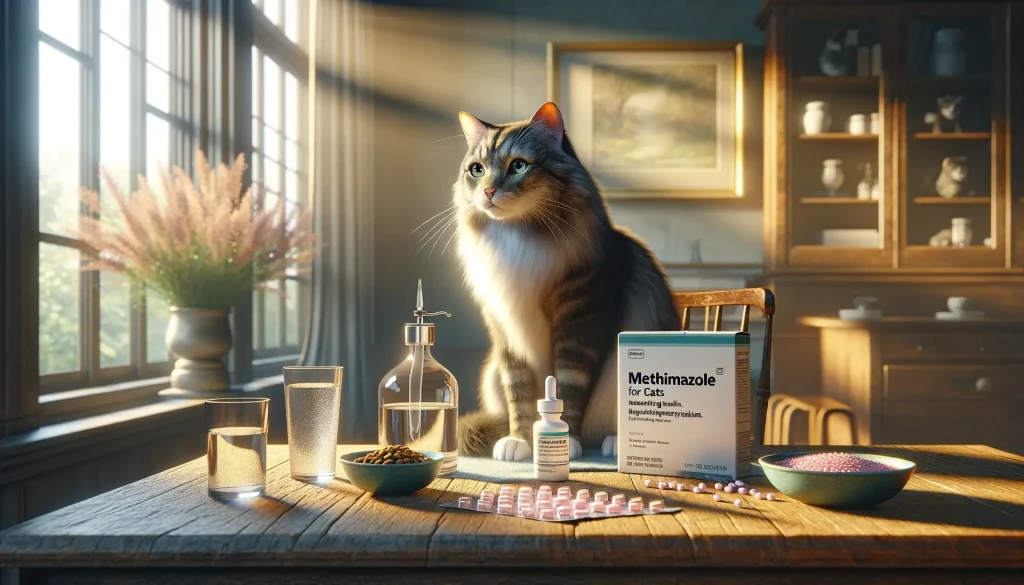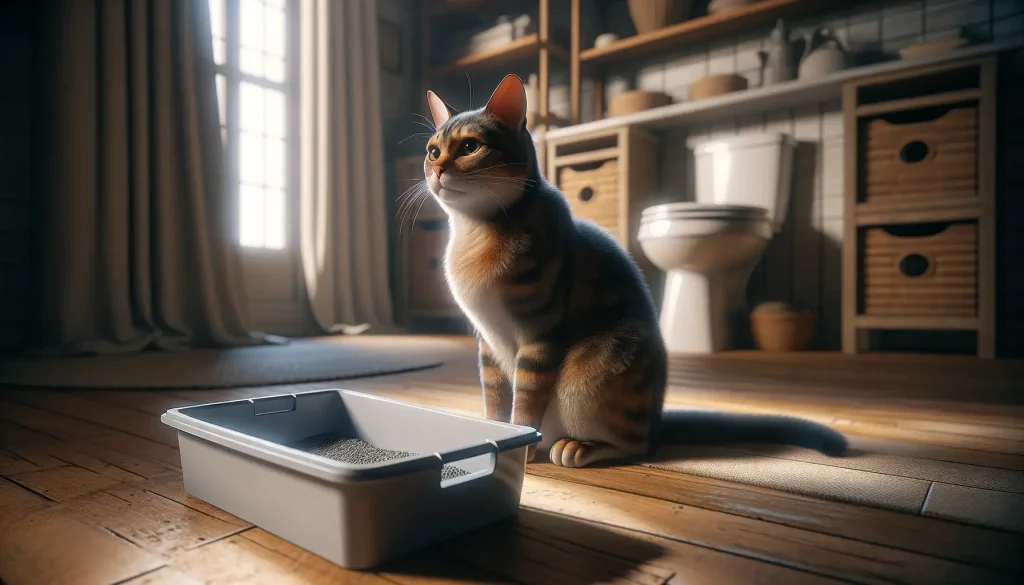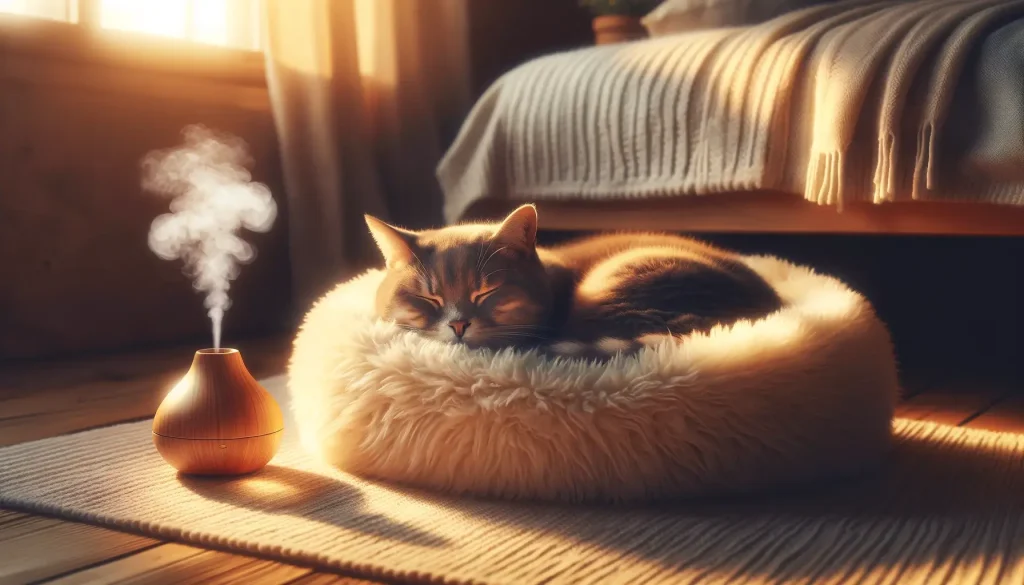
Home Strategies for Your Cat’s Seizures
Witnessing a pet cat experience a seizure can be frightening and overwhelming for any cat owner. Seizures in cats are a noteworthy neurological concern that can point to various health issues. Whether caused by primary epilepsy, breed specific predispositions, toxic exposures, or nutritional deficiencies, understanding how to manage and potentially reduce the frequency of seizures at home is essential. Given that the approach to managing cat seizures includes identifying causes, administering treatments, and making environmental or dietary adjustments, what home remedies can support these efforts? This article dives into the home management practices that every cat owner should know.
When it comes to managing seizures at home, several strategies can be vital. Firstly, ensuring immediate veterinary care for acute or severe seizures cannot be overstated. For ongoing management, maintaining a safe environment to minimize injury during a seizure and keeping a detailed seizure diary can be incredibly beneficial for veterinary assessment and treatment adjustments. Dietary considerations are also crucial, with a focus on avoiding diets that could lead to nutritional deficiencies.
Regarding treatment, while Phenobarbital and other anti-epileptic drugs offer some hope, they do come with possible side effects, requiring regular veterinary surveillance to adjust dosages or treatments as necessary. The prognosis for cats with seizures largely depends on the underlying cause, with those having idiopathic epilepsy often leading normal lives under appropriate management.
Yet, the question remains: beyond the veterinary interventions, what specific home remedies can cat owners employ to ensure the well-being and safety of their epileptic pets? Let’s explore how diet adjustments, environmental modifications, and vigilant monitoring can become powerful tools in your arsenal against cat seizures.
How To Prevent Cat Seizures?
Understanding your cat’s health needs is vital. Cat seizures can be scary and confusing, but knowledge is power. Explore how you can prevent seizures in cats with a few pro tips.
- Watch their diet: A balanced diet is crucial. Avoid raw fish that can lead to thiamine (Vitamin B1) deficiency, a known seizure trigger. Consider a diet rich in essential vitamins and minerals.
- Safe spaces: Cats during seizures risk injury. Make your home safe. Remove sharp edges and hazards that can harm your cat during a seizure episode. Safety first always.
- Be vigilant: Early detection of seizures means better management. Keep an eye out for unusual behaviors or signs of distress in your cat. Prompt action can make a big difference.
- Regular check-ups: Don’t skip vet visits. Regular health checks can catch issues early. A vet can advise on preventive measures specific to your cat’s health and breed.
- Toxin-free environment: Keep your home free from items that can cause toxic exposures. Common household items can be dangerous. Research and keep hazardous materials out of reach.
Partner with your vet. An informed approach to cat care and wellness can prevent seizures and improve your cat’s quality of life. Understanding the direct link between proper care and seizure management is key.

When to Visit the Vet
Identifying the cause of your cat’s seizures is the first vital step. Cases of primary epilepsy often show no clear underlying health issue but require a proper diagnosis. Age, breed, toxic exposures, and nutritional factors also greatly influence seizure causes and management strategies. For instance, a raw fish diet leading to thiamine deficiency signifies how important diet is.
For immediate veterinary care, it’s crucial in situations of acute or severe seizures. This immediate action can be life-saving, especially when seizures are attributed to toxin exposure or significant nutritional issues like a lack of thiamine. Remember, only a vet can accurately diagnose and propose a treatment plan.
Phenobarbital and similar anti-epileptic drugs need veterinary oversight due to potential side effects. Regular check-ups will ensure the right dosage and treatment are applied.
The prognosis for a cat with seizures varies. Those dealing with idiopathic epilepsy can live normal lives with correct management. Yet, underlying health conditions may lead to a different outlook. Partnering with your vet, incorporating their treatment plan with home management practices is key to managing your cat’s seizures effectively.
Seizures can be a scary sign of underlying health issues. Proper diagnosis and treatment are imperative. Home management plays a supportive role but always consult your vet for a tailored approach. Early intervention and ongoing care create the best scenario for managing cat seizures.
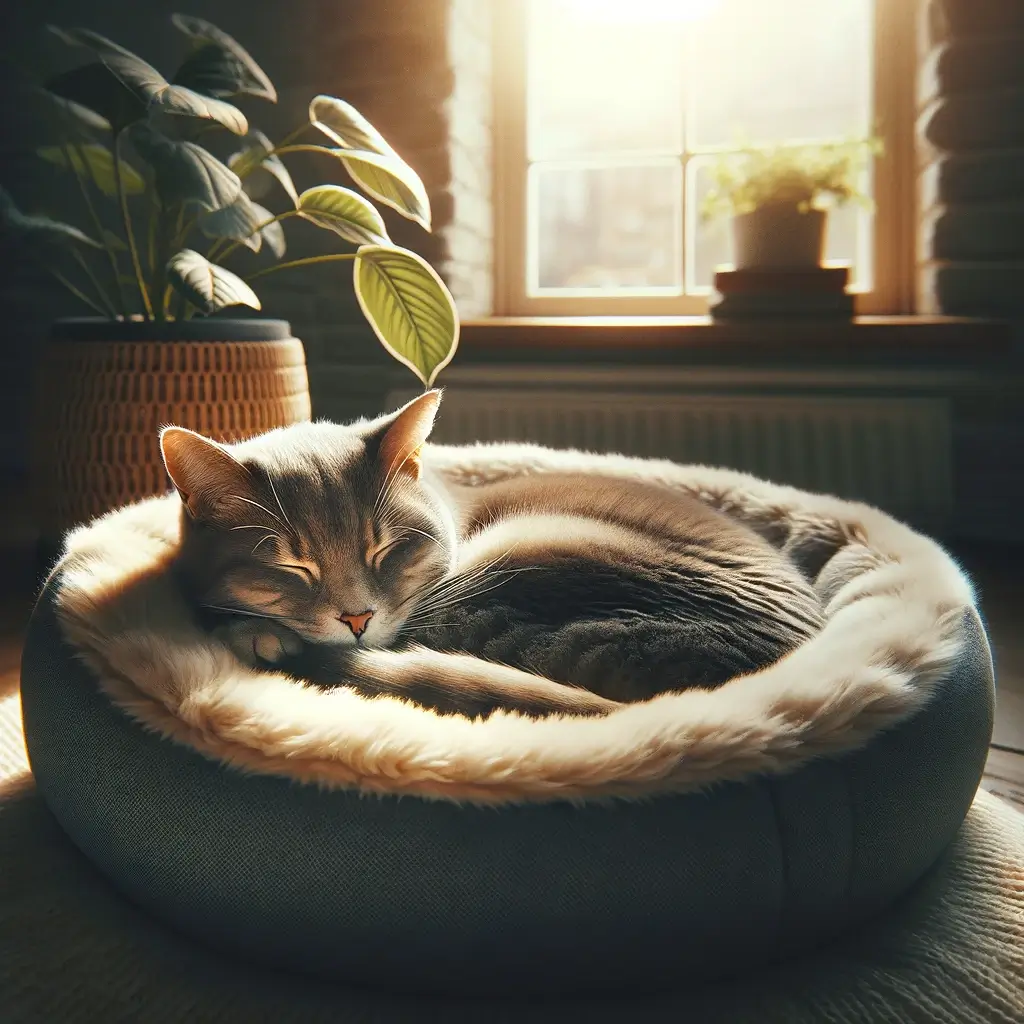
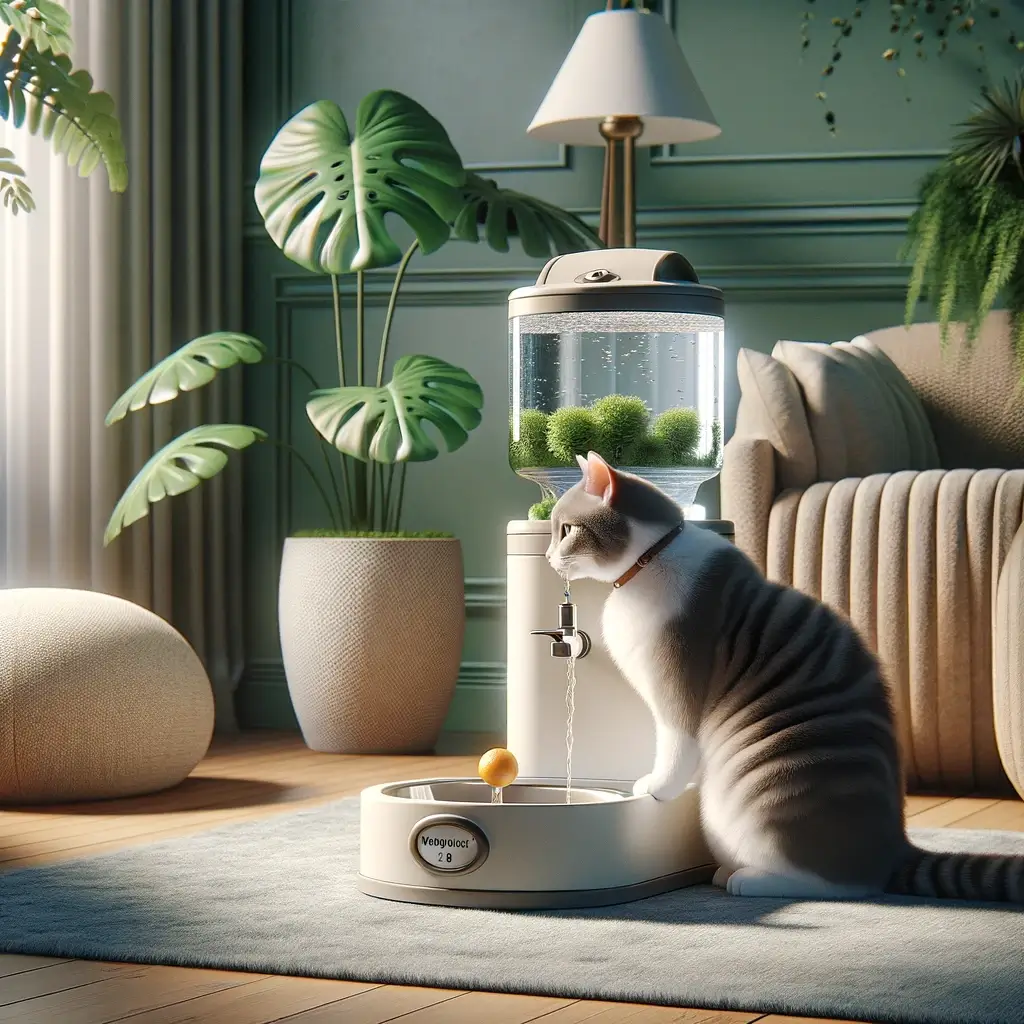
Enhancing Cat’s Neurological Health
Exploring holistic methods can complement traditional treatments in managing cat seizures. This section delves into various non-conventional strategies that focus on overall well-being to potentially reduce seizure incidences.
- Acupuncture for Cats: Acupuncture, a practice derived from traditional Chinese medicine, involves inserting thin needles into specific points on the body to achieve therapeutic effects. In cats, it’s thought to help by promoting neurological health and reducing stress, a potential trigger for seizures. Acupuncture should only be performed by a qualified professional with experience in veterinary acupuncture to ensure safety and effectiveness.
- Herbal Supplements :Certain herbal supplements may support neurological health in cats. Herbs like milk thistle and valerian root have been suggested for their potential to support liver function and provide calming effects, respectively. However, because cats have unique sensitivities, it’s crucial to consult with a veterinarian knowledgeable in herbal medicine to avoid any adverse effects.
- Omega-3 Fatty Acids: Incorporating omega-3 fatty acids into your cat’s diet could support brain health and potentially reduce seizure frequency. These fatty acids, found in fish oil, are known for their anti-inflammatory properties and positive effects on neurological conditions. Consult with your vet for the appropriate dosage and to ensure it fits into your cat’s overall dietary plan.
- Stress Reduction Techniques: Stress can exacerbate seizures, making it essential to create a calm and stable environment for your epileptic cat. Techniques such as gentle petting, providing quiet resting spaces, and using pheromone diffusers can help reduce stress levels in cats. Engaging in regular, soothing playtime can also be beneficial.
- Hydration and Electrolyte Balance :Adequate hydration and maintaining electrolyte balance are critical, especially for cats with health conditions that could predispose them to seizures. Ensure your cat has access to fresh water at all times. In some cases, vets may recommend electrolyte supplements to help maintain balance, particularly if your cat has experienced severe seizures or other health issues that could disrupt electrolyte levels.
These holistic approaches can offer supportive care alongside traditional medical treatments. It’s vital to approach each method with caution and always under the guidance of a veterinarian to ensure they are suitable and safe for your specific cat’s health needs.

Nutrition’s Role in Seizure Prevention
Food matters. What your cat eats can influence their health in a big way, especially when it comes to preventing seizures. A balanced diet is more than just a recommendation; it’s a necessity for feline well-being.
One critical nutritional factor to watch out for is thiamine (Vitamin B1) deficiency. Cats eating primarily raw fish may risk this deficiency, which can, in turn, trigger seizures. The solution? Ensure your cat’s diet is rich and varied, avoiding raw fish to curb the likelihood of thiamine-related seizures.
But nutrition doesn’t stop with thiamine. A diet that’s balanced, incorporating essential vitamins and minerals, supports overall neurological health. This can mean the difference between frequent seizures and a more stable condition.
Creating a Safe Environment for Your Cat
During a seizure, your cat loses control, making them vulnerable to injury. It’s your job to make your home as safe as possible. How? Start by removing hazards. This includes sharp objects and anything else that could harm your cat if they were to fall or convulse near it.
Consider seizure-friendly spaces. Soft bedding, away from stairs or high places, can prevent falls. The goal is to minimize injury risks, ensuring your cat’s seizures are as safe as possible.

Why a Seizure Diary is Your Best Tool
Monitoring your cat’s health is crucial. A seizure diary is a simple yet effective way to do this. Detailing the frequency, duration, and specific characteristics of each seizure, this diary becomes an invaluable resource for both you and your veterinarian.
Why does this matter? It helps in understanding patterns or triggers, potentially aiding in reducing seizure frequency. Additionally, it supports your vet in making informed decisions about treatment adjustments or interventions.
Beginner Guide to Raising Quail at Home
What are the Signs of a Dog Concussion?
What Causes Your Dog’s Ears to Smell Bad?
When your dog’s ears start to emit an unpleasant odor, it might leave you puzzled…
Methimazole Treatment for Cat Hyperthyroidism
Methimazole plays a crucial role in managing feline hyperthyroidism, a condition marked by an overactive…
Got Hummingbirds in your Backyard? Here’s How to Care for Them.
Why Does Your Cat Pee Outside the Litter Box?
Cat’s Litter Box Issues It’s not uncommon for cat owners to face the frustrating dilemma…



